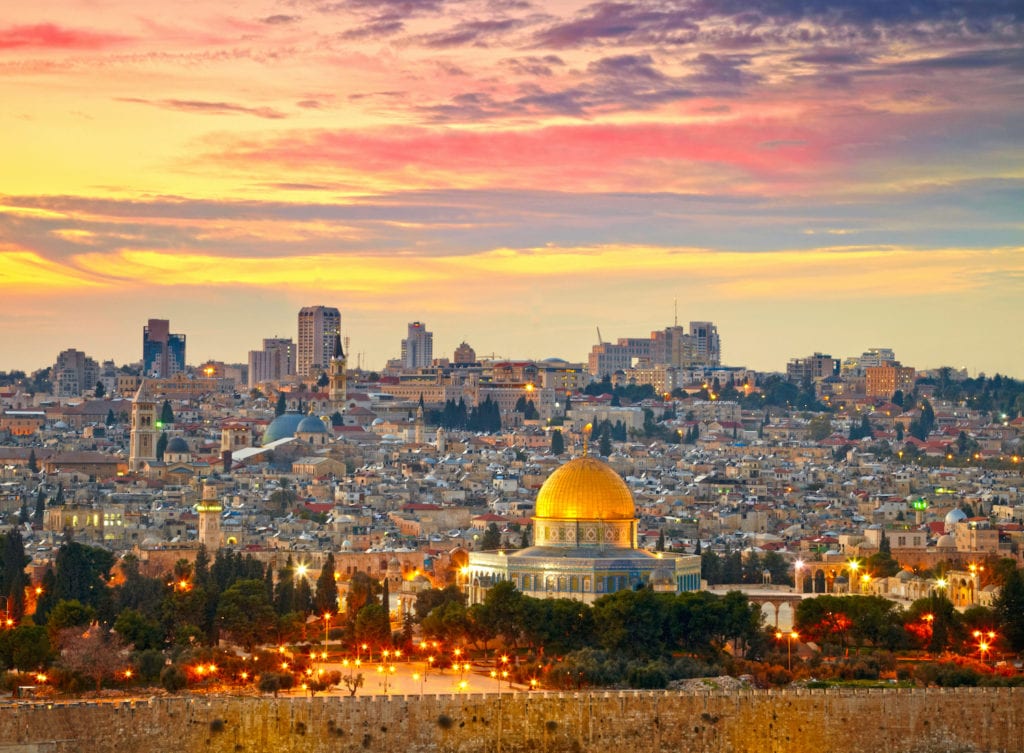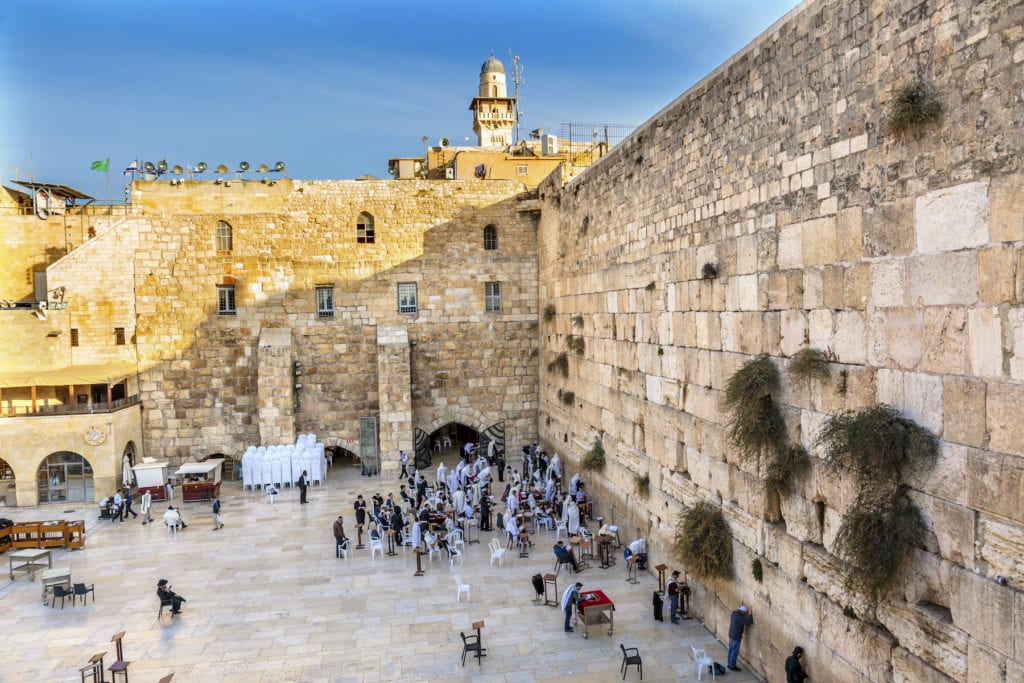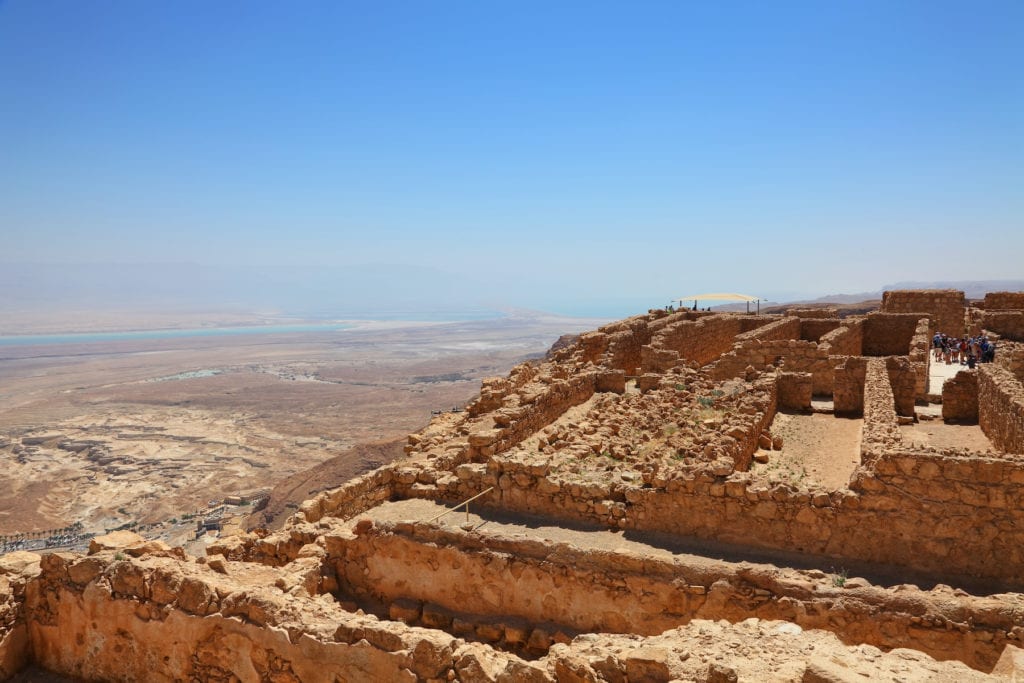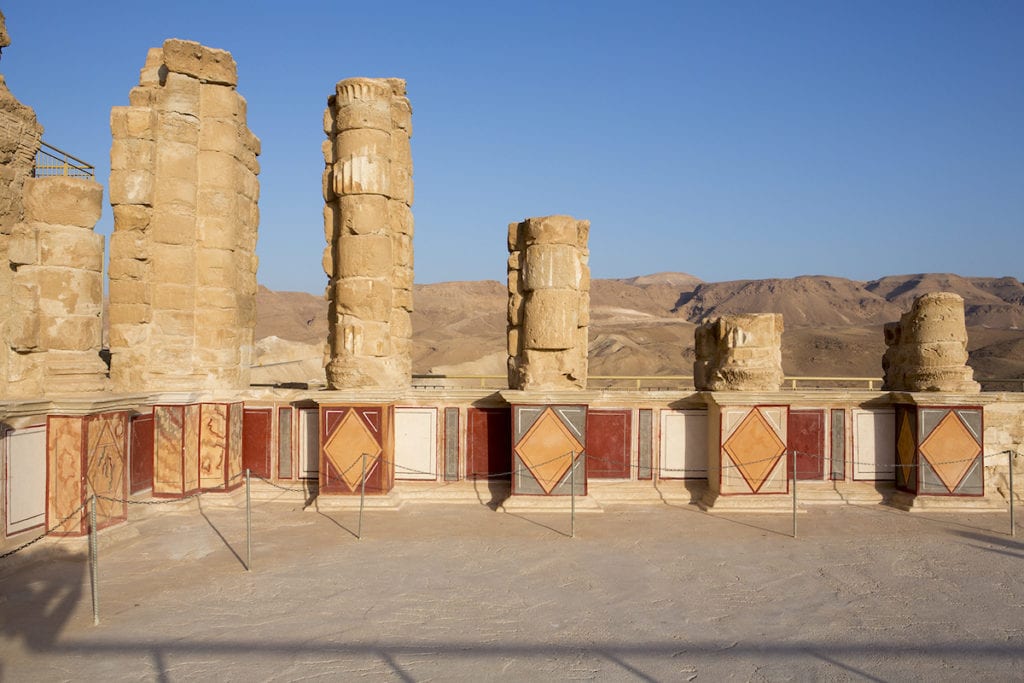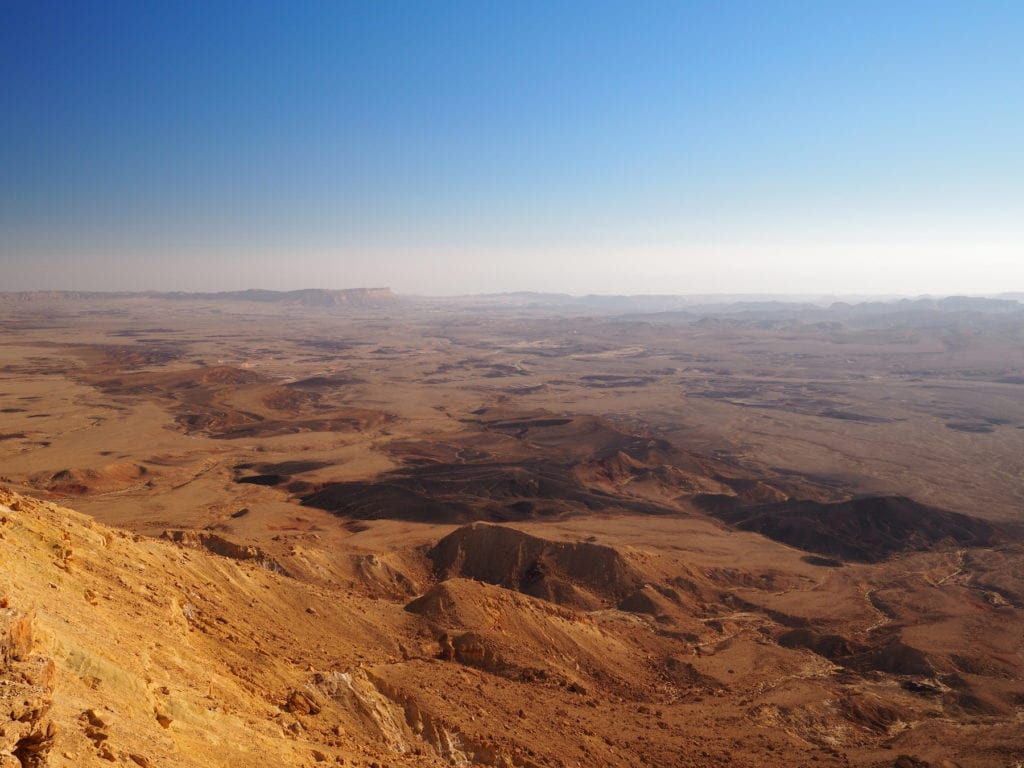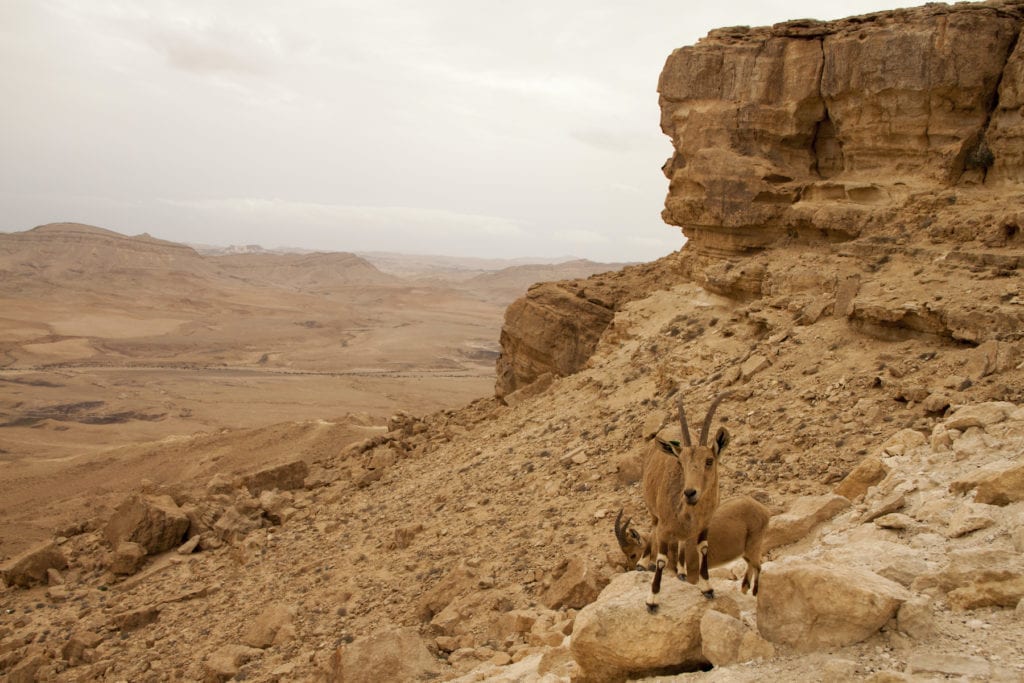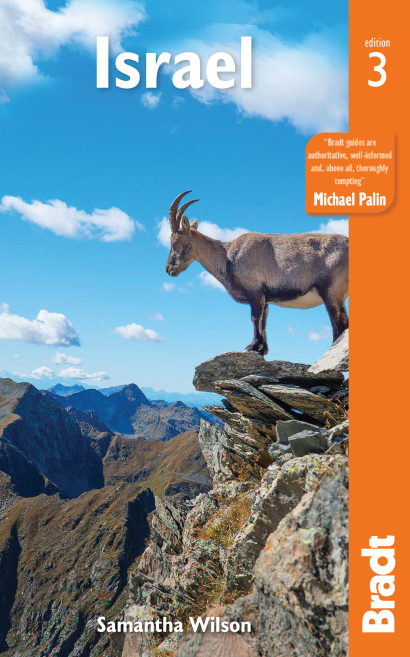Israel may be a small country, but its treasure trove of wonders range from religious marvels and profound historical and archaeological discoveries to cosmopolitan cities and a vast enchanting landscape. So, where do you start when it comes to planning a trip, and what are the must-sees?
Holy sights
Upon the soil of Israel have walked some of the greatest figures of our past, a ground that has seen the birth of some of the world’s main religions and the passionate battles that ensued to protect them. Jerusalem should be the first stop on any trip, its Old City the jewel in the crown of a fascinating, dramatic and poignant city, but make sure to visit Nazareth and Safed for their rich religious histories.
Jerusalem
In a city of such religious and historic poignancy, Jerusalem’s Old City sits like the jewel in the crown. Within the grand city walls, a living, breathing museum of sacred buildings, fervent worshippers, ancient architecture and centuries-old traditions abounds. The Old City is but 1km2 in size, yet its reach extends across the world, Jews, Christians and Muslims worshipping here with passion and zeal.
The Western Wall, Church of the Holy Sepulchre and Temple Mount may stand as the three most ideologically and conceptually opposing religious sites, yet they are by no means the extent. A jumble of buildings fall into four rough quarters: Christian, Armenian, Jewish and Muslim forming an array of ornate architectural styles from every century of the city’s long life.
Nazareth
Nazareth – Israel’s largest Arab city – rests atop, between and around five hills that form the end of the Galilee Mountains presiding over the Jezreel Valley below. Outside the country, it is probably most well known as being the childhood home of Jesus and a site for pilgrims over the last 2,000 years. Religious and historic sites centre on the Old City in the heart of Nazareth, where preconceived images of quaint cobbled stone alleys and bustling markets are fully realised.
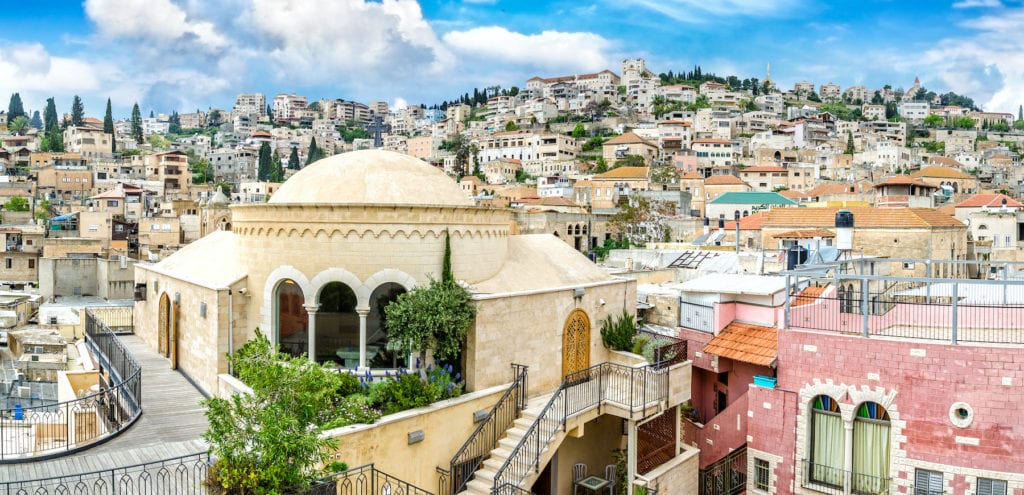

Outside the Old City, however, Nazareth is a hectic, modern and vibrant Arab city where the aromas of strong coffee, spices and sweets drift along the streets and where the loud chatter and the sounds of car horns dull only marginally at prayer times.
Safed
Through all of its countless names and spellings, from Tzfat, Tsfat, Safad, Tzefat, Zfat, Zefat to Zephath, there is but one name that stands out as the perfect fit: ‘The Mystical City’. Perched high on the green, wooded slopes of the Upper Galilee mountains, Safed’s clean, fresh air seems to whisper the secrets of the past, where Jewish mysticism abounds and whose spirit is still so clearly present.
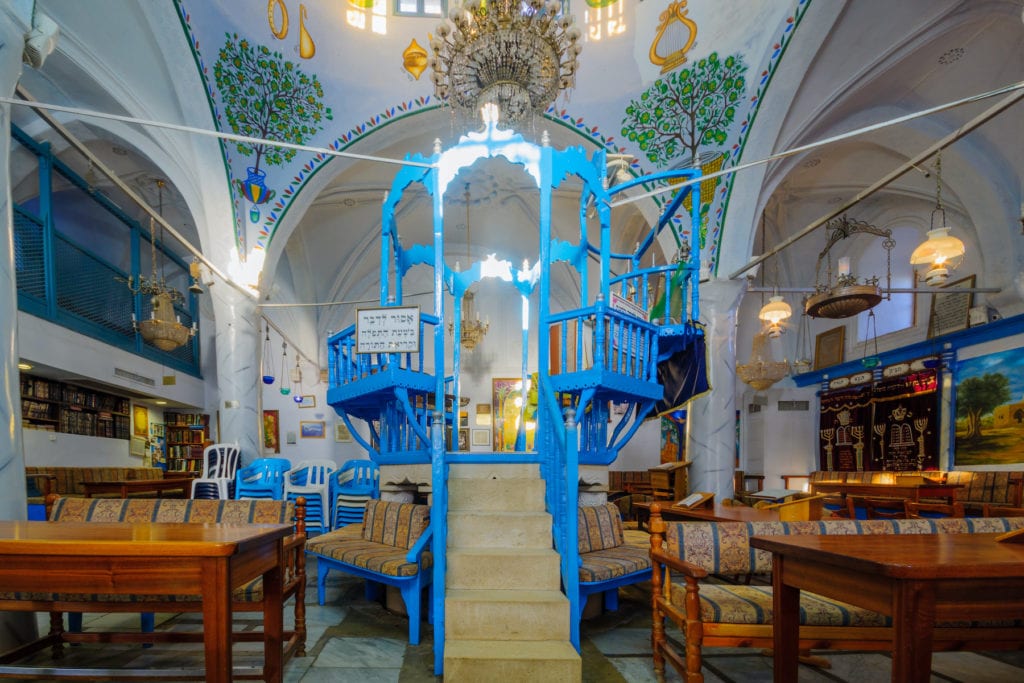

Cobbled stone alleyways, small cottages dotted with blue doors and windows and an abundance of ancient synagogues form the Old City, where today artists show off their talents in open studios.
Lively cities
Israel is a modern country with buzzing cities that lie alongside its wealth of historical treasures. Let loose in party cities Tel Aviv and Eilat or head to laidback Haifa to relax with the locals for a few days.
Tel Aviv
Tel Aviv is the black sheep of the family. In a country of such profound historical importance, passionate religions, political struggles and strict traditions, Tel Aviv stands out and knows it. This colourfully loud and flamboyant city has an almost hedonistic atmosphere, where the main concerns are what to wear, where to be seen and where to party.
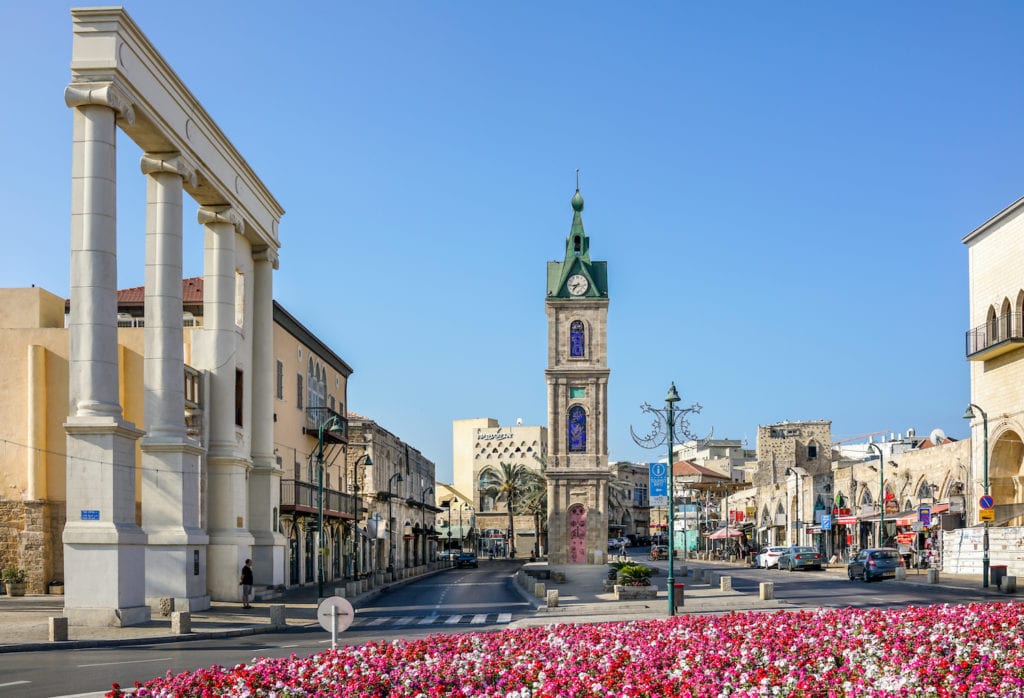

While it may be easy for visitors to overlook Tel Aviv, using it as a gateway to the more traditional sights in Jerusalem, the Dead Sea and Galilee, a trip to Israel would most certainly be a biased one without a stop in this, the most Israeli of Israel’s cities.
Haifa
Cascading down the slopes of Mount Carmel towards the sandy beaches of the Mediterranean, Israel’s third-largest city is often overlooked as a tourist destination. Yet the city has a lot going for it, and is a great place to spend a few days.
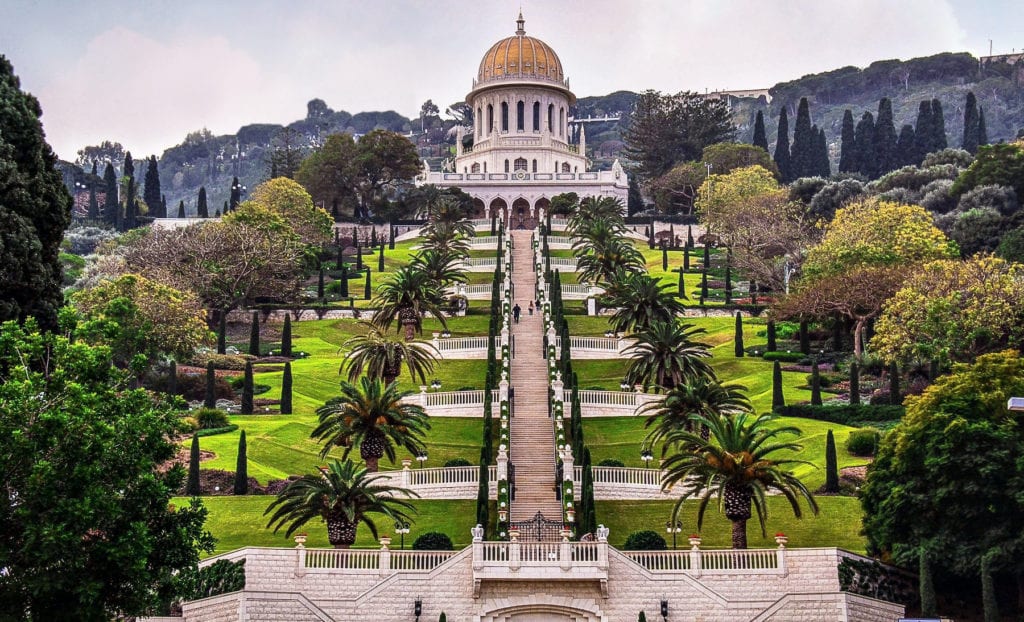

The vast, landscaped gardens of the Shrine of Bab, the centre of the Baha’i faith, form the unexpected centrepiece of the city, while its thriving port is the largest in the country. Prosperous industries, a large hilltop university, countless religious and historic sights, neighbourhoods old and new, a fascinating collection of museums and a lively restaurant and bar scene make Haifa a firm favourite among Israelis and a pleasant contrast to Jerusalem and Tel Aviv.
Eilat
In the far south of the country, perched on the tiny strip of Red Sea coast that Israel lays claim to, Eilat is something of an Israeli Las Vegas. Row upon row of big chain hotels line the coast, the glittering Red Sea water swarms with all manner of sea craft and squealing sun-seekers, and the pumping neon-lit pedestrian strip is crammed with restaurants, beach bars and shopping malls.
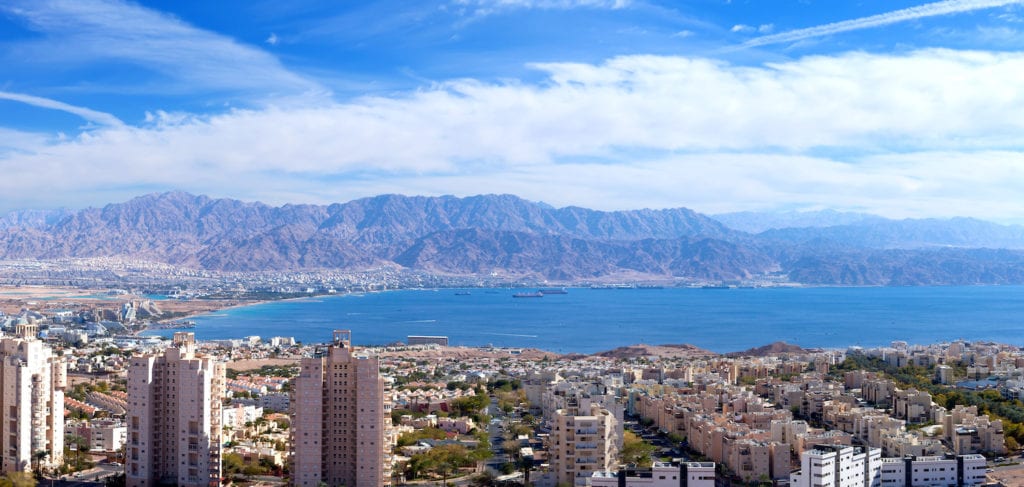

Eilat enjoys almost 365 days a year of sunshine, making it the country’s only beach resort that quite literally never stops. The 12km stretch of Israel’s Red Sea coast means that day trips to Petra in Jordan and Egypt’s Sinai coast are easily accessible, while day trips into the southern Arava Desert are welcome ways to escape the city.
Archaeological wonders
Historically, the land that is modern-day Israel has always stood on a great world crossroads, where empires, religions and cultures clashed or convened. Today that means historical and archaeological ruins can be found in abundance and sites like Tel Meggido, Masada and Beit Shean are but the tip of the iceberg.
Tel Meggido
According to Christian tradition, Tel Meggido is the site where the battle for the world will take place and, judging by its tumultuous past, it seems a likely enough spot. Destroyed and rebuilt 25 times in its long existence, Meggido was a crucially important strategic site along the great trunk road leading trade caravans from Syria and Mesopotamia down to Egypt.
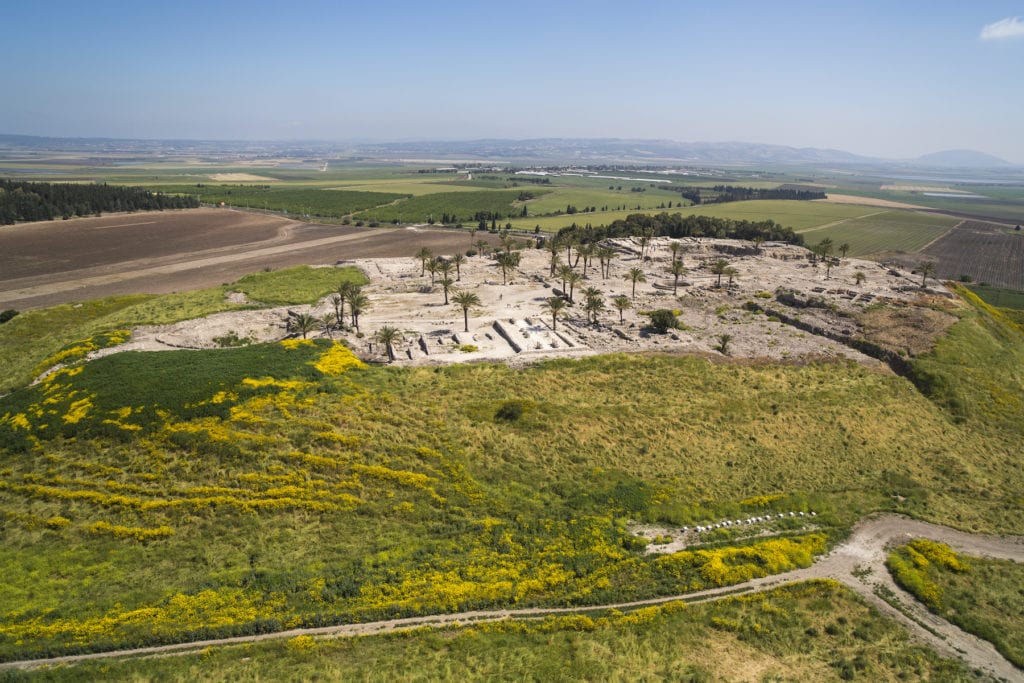

Extensive excavations have revealed the remains of 20 phases of occupation dating from 4000BCE to 400BCE, while its battle scars continue on into the 20th century and World War I. Today, the Chariot City and tunnel remain the most impressive relics in the park.
Masada
More than just one of the country’s most-visited tourist destinations, the archaeological site of Masada represents Israeli patriotism at its proudest. For it was here, on the precipitous rock shelf, that the ancient fortress built by Herod the Great in the 1st century BCE became the 20th-century symbol of Jewish heroism.
Today, it is one of the most important stops on the Jewish pilgrimage route and in 2001 was awarded UNESCO World Heritage status. A museum complex opened in 2007 displays some of the most impressive artefacts excavated from the ruins as well as depicting the life, times and history of this fascinating site.
Beit Shean National Park
Beit Shean was put on the ancient map owing to its strategic importance along the great north–south trade route, with the area’s abundant fertile lands an added incentive for residents, who first settled in the 5th century BCE.
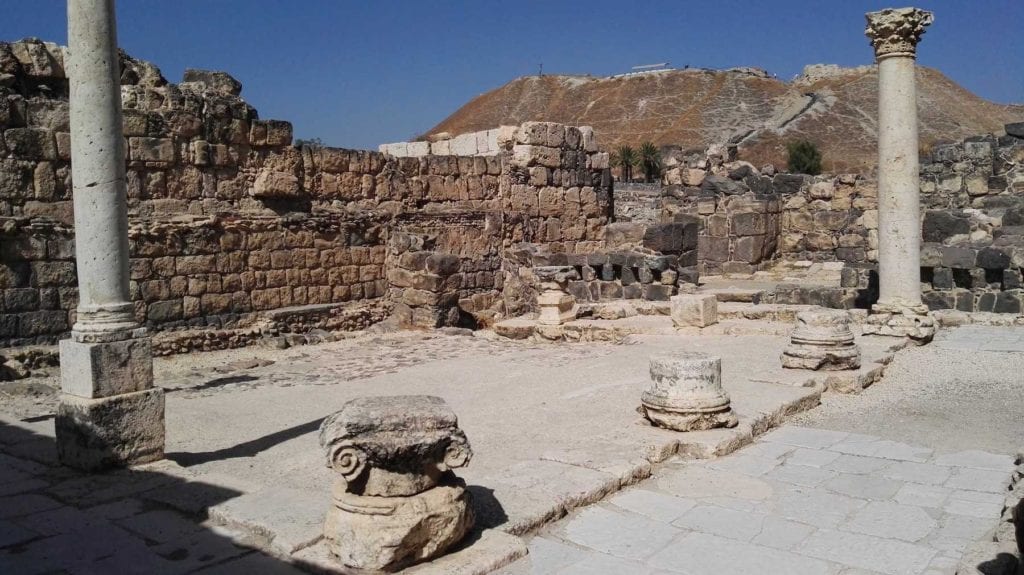

Today, the remains are awe-inspiring – rapid and extravagant development under Hadrian’s reign saw the construction of statues, governmental buildings and after the adoption of Christianity, the amphitheatre, bathhouses and fountains.
Unique landscapes
Israel covers a wonderful blend of hugely varied landscapes as it tumbles from the steppes of Europe past the freshwater Sea of Galilee, the saline waters of the Dead Sea and down to the arid African deserts of the south where Bedouin communities live and the Spice Route begins.
Negev Desert
The vast Negev Desert occupies half of Israel, and is characterised by the geological phenomenon that is the Ramon Crater, as well as its remarkable landscapes, waterfalls, caves, archaeological sites and rich history.
Tourism in the desert is still in its infancy, and if you plan on visiting under your own steam – a highly rewarding and recommended experience – then be prepared for the harsh desert elements. Picnics are recommended, if you are hiking, and major towns have supermarkets to replenish your provisions. Some small settlements, such as Mitzpe Ramon, have a few pleasant dining options to consider.
Arava Desert
The Arava Desert, which Israel shares with Jordan to the east, is dotted with tiny kibbutzim, national parks and holiday retreats. As the desert makes its way towards the city of Eilat, there appears to be a lull before the party storm. Civilisation gets sparser, the landscape more remote and facilities fewer and farther between.
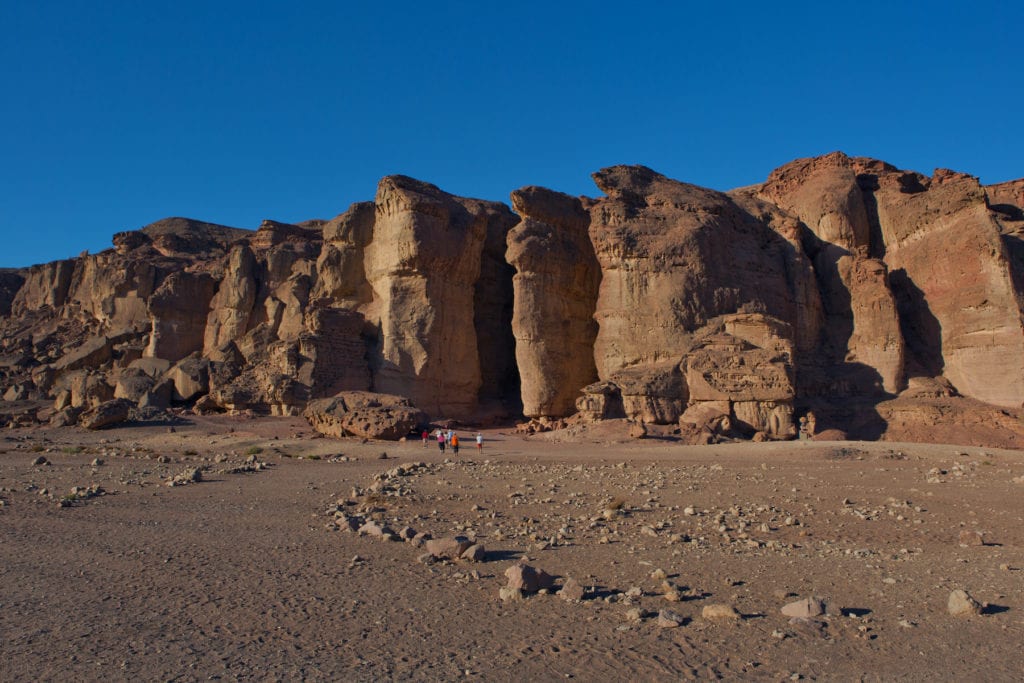

Yet the Arava Desert is in fact one of the most bewitching regions of Israel’s south where Bedouin communities thrive, the Spice Route starts its long trek westwards and where the air is the freshest in the country. There are numerous wadis (nakhals in Hebrew) tucked away amid its rocky formations. Kibbutzim dot the fringes of route 90, their isolated positions and organic farming practices producing an ideal getaway for those seeking the utmost in seclusion and nature.
Sea of Galilee
Steeped in New Testament history, the Sea of Galilee (known in Hebrew as ‘the Kinneret’) was the site of many of Jesus’s miracles, with small churches dotting the shoreline commemorating these events. For hundreds of years Christian pilgrims have made their way to the gently lapping shores of the sea to soak up the abounding tranquillity, gaze down at ancient lands and walk in Jesus’s footsteps.
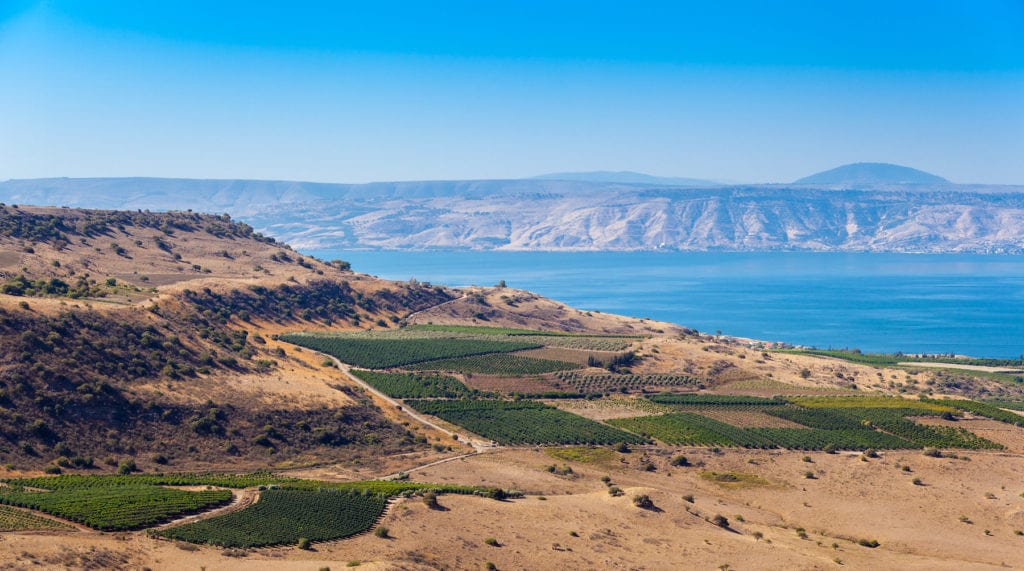

Today is no different, and despite the scores of tour buses that make regular stops along the sea, it has managed for the most part to avoid a mass-produced, over-touristy feel and there is a tranquil vibe with banana plantations and mango trees lining the pretty coastline.
Agamon Hula Valley Birdwatching Reserve
South of Kiryat Shmona, Hagoshrim and Tel Dan National Park, the Hula Valley sits tucked into the northern part of the Syrian-African Rift Valley and is one of the most crucial winter stopovers for the 360 species of migratory birds who drop in on their way south. Between the months of October and March, an estimated 500 million birds jostle for space in the skies and waters of the Hula Valley.
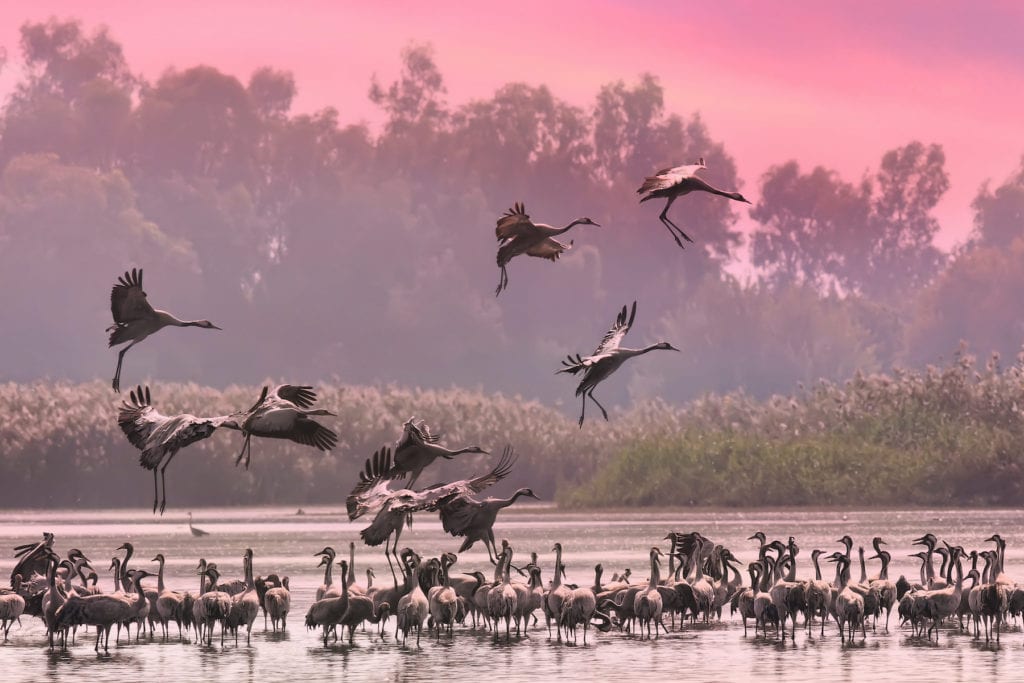

Up until 1950, when most of the area was drained, the Hula Valley was one of the largest wetland areas in the Middle East. Following environmental objections to the drainage, a small swampland was created in 1963 and claimed the honour of being Israel’s first nature reserve. Today, the area is undoubtedly the single most important wetland in the country for waterbirds and is graced with the presence of 20 globally threatened species, including the imperial eagle, spotted eagle and marbled duck.
The Dead Sea
The eerie name of the sea that marks the lowest point on earth couldn’t in fact be more apt. Shark-a-phobes be reassured, for in the salty waters of the Dead Sea nothing can live, its extreme salinity meaning all forms of organism are unable to survive, both in the water and on the shores that surround it.
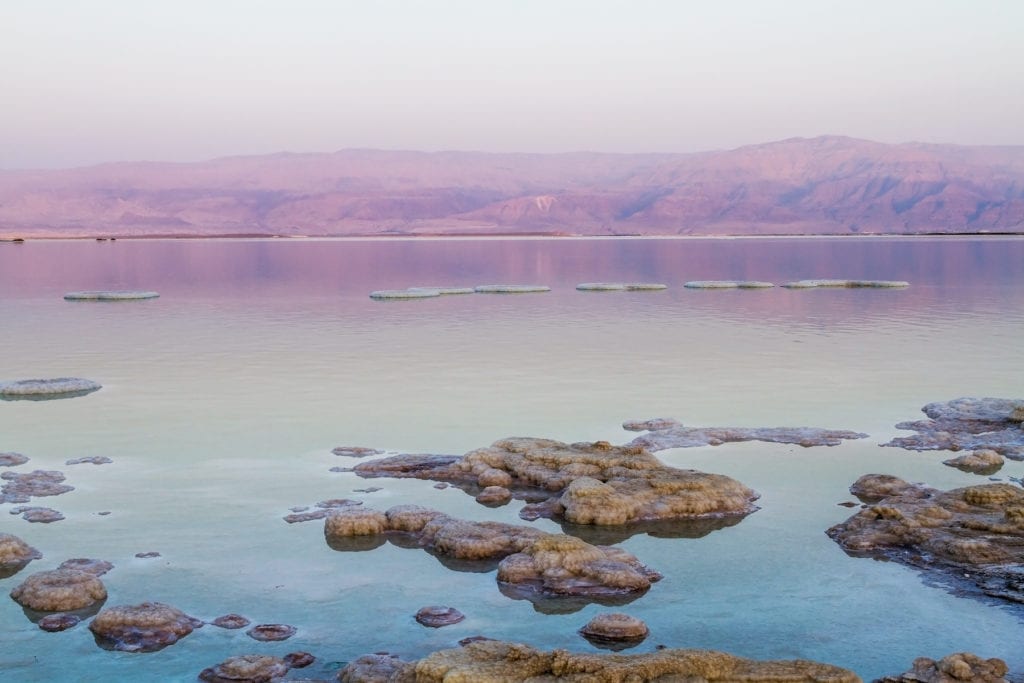

Yet in contrast to this rather gloomy picture of a barren and lifeless region, the Dead Sea has had a colourful religious, cultural and geological life and is today one of the country’s most alluring and popular places to visit. The incredible buoyancy of the Dead Sea makes for a fun and slightly surreal experience, bobbing up and down like a cork.
More information
Eager to discover more of Israel’s highlights? Check out our comprehensive guide:
